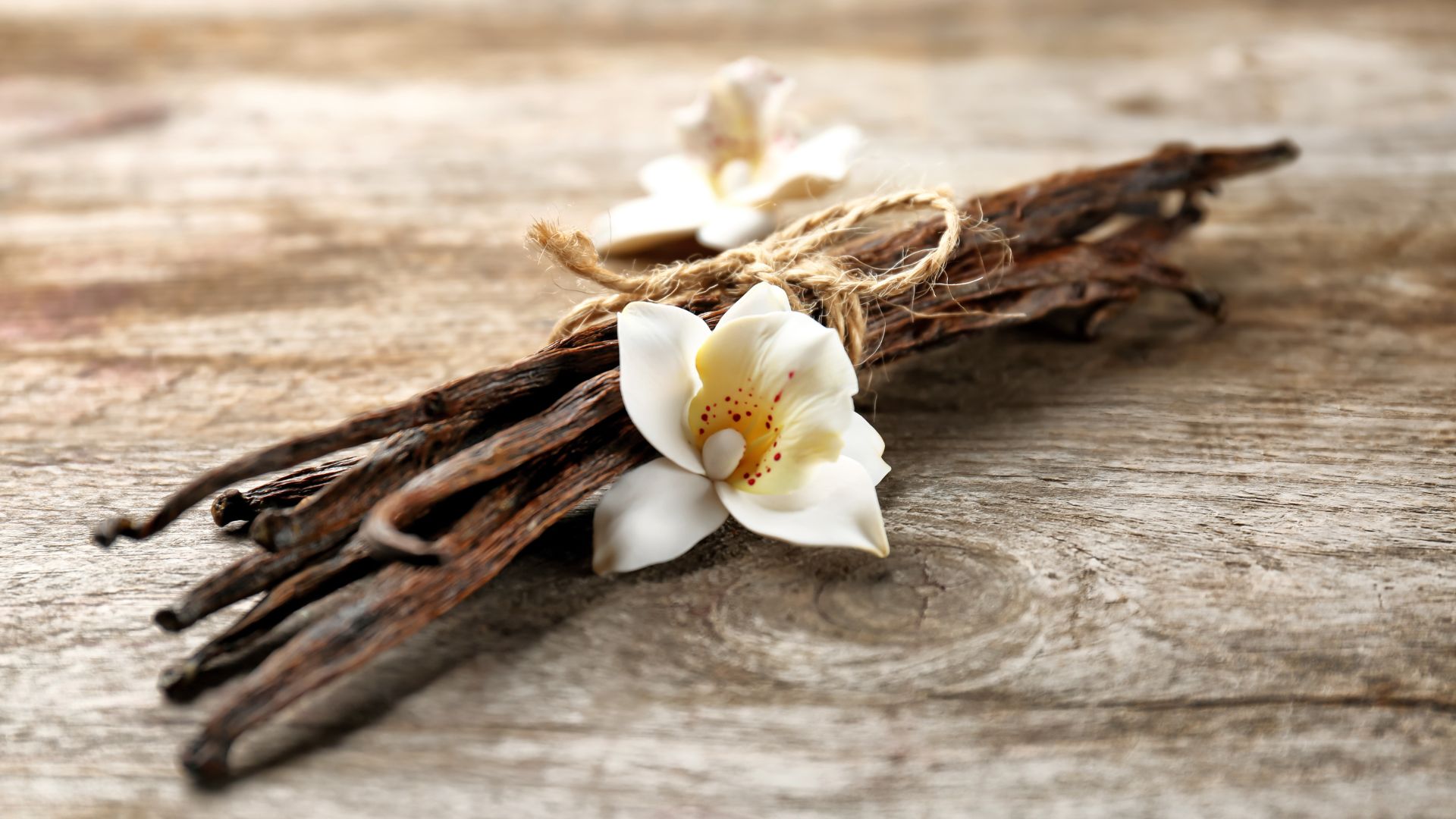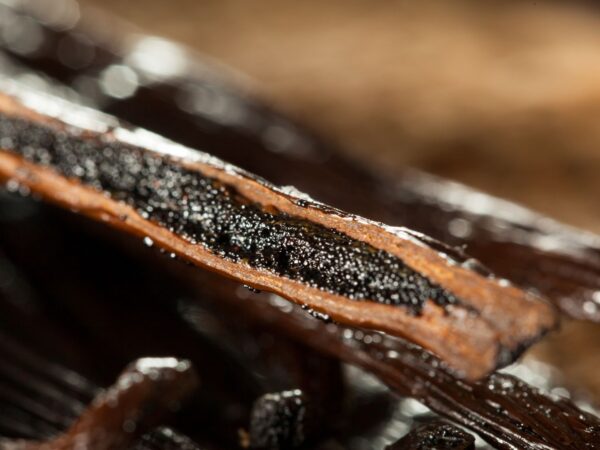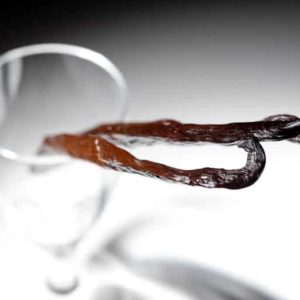Vanilla, with its rich and enticing aroma, is one of the most beloved and widely used flavors in the culinary world. Often associated with sweet treats like ice cream, cakes, and cookies, vanilla’s journey from farm to table is a fascinating tale of history, cultivation, and culinary magic. In this article, we’ll trace the story of vanilla, its origins, cultivation, and the culinary wonders it has brought to our plates.
The Origins of Vanilla
Vanilla is native to Mexico, where the indigenous Totonac people first discovered its allure centuries ago. They called it “tlilxochitl,” meaning “black flower,” due to its dark pods. The Aztecs later acquired the knowledge of using vanilla in their beverages, primarily as a luxurious addition to their xocoatl, a bitter cacao-based drink. When Spanish conquistadors encountered vanilla during the 16th century, its alluring aroma enchanted them, and they brought it back to Europe, initiating its journey across the globe.
Cultivation and Vanilla Orchids
The vanilla plant belongs to the orchid family, and there are over 100 species of vanilla. However, the most commonly used and commercially cultivated species is Vanilla planifolia. Vanilla orchids are climbers that require a tropical climate, with high humidity and consistent temperatures to thrive. Interestingly, vanilla is one of the few orchids that produce edible fruits, commonly known as vanilla beans or pods.
Hand-Pollination
In its natural habitat, vanilla orchids are pollinated by specific species of bees and hummingbirds. However, in regions outside of Mexico where vanilla is cultivated, these natural pollinators are often absent. This posed a challenge until the 19th century when a young slave named Edmond Albius from Réunion Island discovered a manual pollination technique that mimicked the action of the absent pollinators. His discovery revolutionized the cultivation of vanilla, as it allowed farmers to hand-pollinate the flowers and significantly increase the yield of vanilla beans.
Curing and Fermentation
Once vanilla pods are harvested, they undergo a critical process called curing, during which they are subjected to heat and humidity. This curing process is essential to develop vanilla’s distinctive flavor and aroma. The pods are carefully blanched, sweated, and dried over several months, during which the complex chemical compounds responsible for vanilla’s magical taste are formed.
The Culinary Magic of Vanilla
The aromatic compounds present in vanilla, such as vanillin, give it a unique and enchanting flavor that enhances both sweet and savory dishes. Vanilla beans are used in various culinary creations, from delicate desserts like crème brûlée, custards, and panna cotta to savory dishes like seafood and poultry marinades. Vanilla extract, a staple in many kitchens, is widely used to impart its magical touch to cakes, cookies, and ice creams, creating a warm and inviting aroma.
Sustainability Challenges and Fair Trade
Despite its popularity, vanilla cultivation faces challenges related to sustainability. The labor-intensive process of hand-pollination and the vulnerability of vanilla orchids to diseases have led to fluctuations in supply and soaring prices. In response, fair trade initiatives have been introduced to support farmers and ensure that they receive fair compensation for their labor.
From its discovery by ancient civilizations to its journey across continents and into our kitchens, vanilla has woven its way into the culinary fabric of the world. Its captivating aroma and distinct flavor continue to delight and inspire chefs and home cooks alike. As we savor the culinary magic of vanilla in our desserts and dishes, let us also appreciate the efforts of the farmers and artisans who cultivate and nurture this treasured spice, bringing the sweet essence of vanilla from farm to table.
Check out some of the vanilla spices in our shop! Vanilla Bean – Madagascar, Vanilla Bean – Tahitian, Vanilla Paste, and more!



